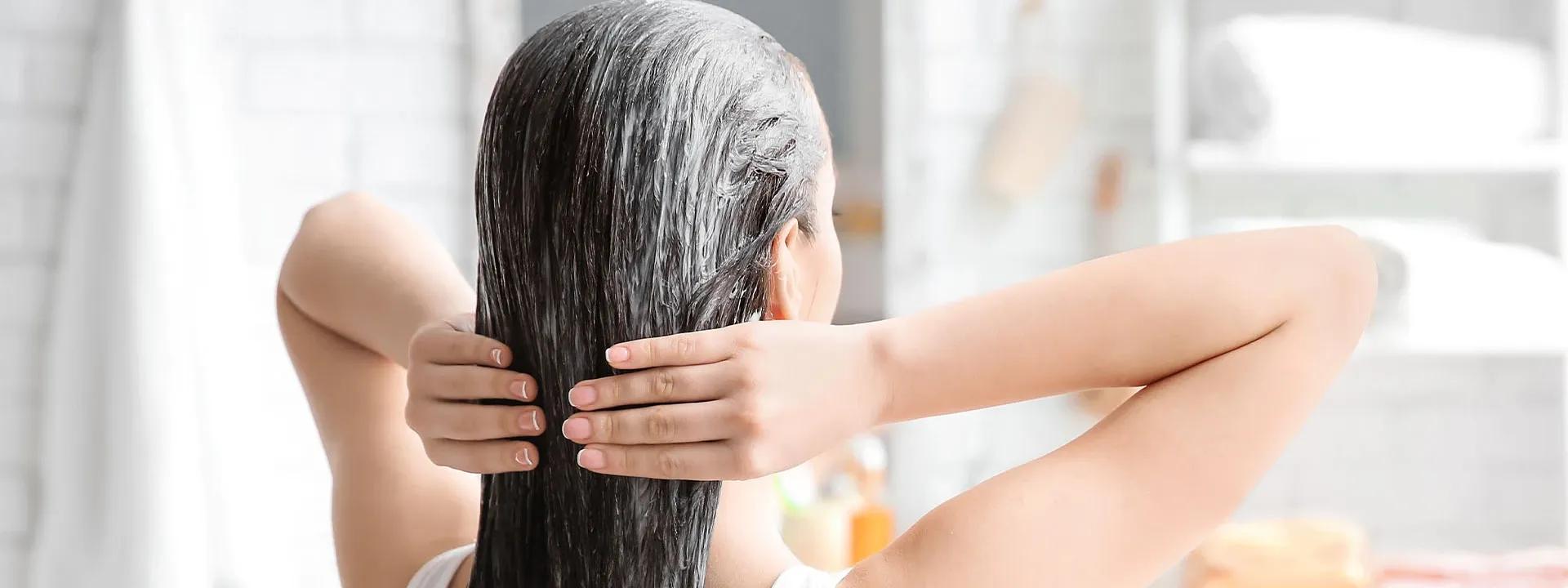Styling doesn't have to mean damaging your hair. With the right techniques and products, you can achieve your desired look whilst keeping your hair healthy. The key lies in preparation and protection.
Heat Styling Protection Methods
Never apply heat to unprotected hair—it's like putting your hair through a furnace without protection. Use heat protectant sprays or serums before any thermal styling. Keep tools on lower temperatures when possible, and always use the coolest setting that achieves your desired style. Air-drying whenever possible gives your hair a break from heat damage.
Detangling Methods for Various Hair Types
Proper detangling prevents breakage and makes styling easier. Start from the ends and work upwards using a wide-tooth comb or detangling brush. For curly hair, detangle when wet with conditioner in for slip. Straight hair can be detangled when dry using a boar bristle brush. Never force through tangles—patience prevents breakage.
Nutrition and Supplements for Hair Health
What you eat affects your hair just as much as what you put on it. Hair is essentially dead protein, so your body needs adequate nutrition to produce strong, healthy strands. A balanced diet rich in protein, iron, vitamins, and healthy fats provides the building blocks for gorgeous hair.
Deficiencies in key nutrients often show up in your hair first. Iron deficiency can cause hair loss, whilst lack of protein leads to weak, brittle strands. Biotin, vitamin D, and omega-3 fatty acids all play crucial roles in hair health.
Hair Growth Supplements: Do They Work?
Hair growth supplements are everywhere, but do they actually work? The science is mixed. If you have nutrient deficiencies, supplements can help restore normal hair growth. However, if your diet is already balanced, adding more vitamins won't magically speed up growth. Focus on a varied diet first, then consider supplements if you suspect deficiencies or have increased needs due to stress or health conditions.
Creating Your Personalised Haircare Routine
Now comes the fun part—putting everything together into a routine that actually works for your lifestyle. Your perfect haircare routine should feel manageable, not overwhelming. Start simple and add elements gradually as you discover what your hair loves.
Consider your schedule, hair goals, and current hair condition when building your routine. A busy professional might need quick, effective solutions, whilst someone with more time can incorporate weekly treatments and detailed styling routines.
Daily Haircare Routine Steps
Your daily routine might include gentle brushing, applying leave-in conditioner, and minimal styling. On wash days, follow your cleansing and conditioning routine. Between washes, focus on scalp health and protecting your hair from environmental damage. Keep it simple and sustainable.


 100 ml
100 ml 200 ml+100 ml
200 ml+100 ml 200 ml
200 ml 200 ml
200 ml